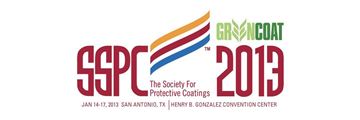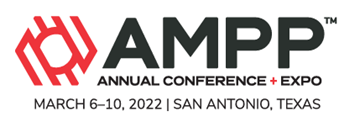Search
Products tagged with 'thermal spray coating'
View as
Sort by
Display
per page
51316-7174-Utilizing Nickel Alloy metal coating as an alternative to PWHT
Product Number:
51316-7174-SG
ISBN:
7174 2016 CP
Publication Date:
2016
$20.00
Atmospheric Corrosion Monitoring using Electrical Resistance Probes
Product Number:
51323-19271-SG
Publication Date:
2023
$20.00
Can One Coatings be Best for All CUI Service
Product Number:
41216-987-SG
Publication Date:
2016
$20.00
Effect of surface contamination on the corrosion performance of thermally sprayed aluminium coating in synthetic seawater
Product Number:
51323-19138-SG
Publication Date:
2023
$20.00
Investigations Of Corrosion Protection Of Natural Gas Pipeline Steel By Al Sacrificial Corrosion Coatings Using Electrochemical Techniques
Product Number:
51321-16689-SG
Publication Date:
2021
$20.00
Laboratory Evaluation of Metalized Coatings for Use on Reclamation Infrastructure
Product Number:
41213-788-SG
Publication Date:
2013
$20.00
Practical Considerations for the Life Cycle Evaluation of Zinc Rich Coatings Galvanized Steel and Thermal Sprayed Metals for Industrial Structures in Moderate Environmental Exposures
Product Number:
41207-339-SG
Publication Date:
2007
$20.00
Protecting Steel Reinforcement by Coating Concrete with Thermal Spray Zinc
Product Number:
51324-20750-SG
Publication Date:
2024
$40.00
Reinforced Concrete Protection Using Thermal Sprayed Coatings
Product Number:
41211-609-SG
Publication Date:
2011
$20.00
Simulation Of The Damage Tolerance Of Thermal Spray Aluminium Sacrificial Coating In Artificial Seawater
Product Number:
51322-17641-SG
Publication Date:
2022
$20.00
Thermal Spray Coatings - Past, Present & Future
Product Number:
41205-159-SG
Publication Date:
2005
$20.00
- 1
- 2












